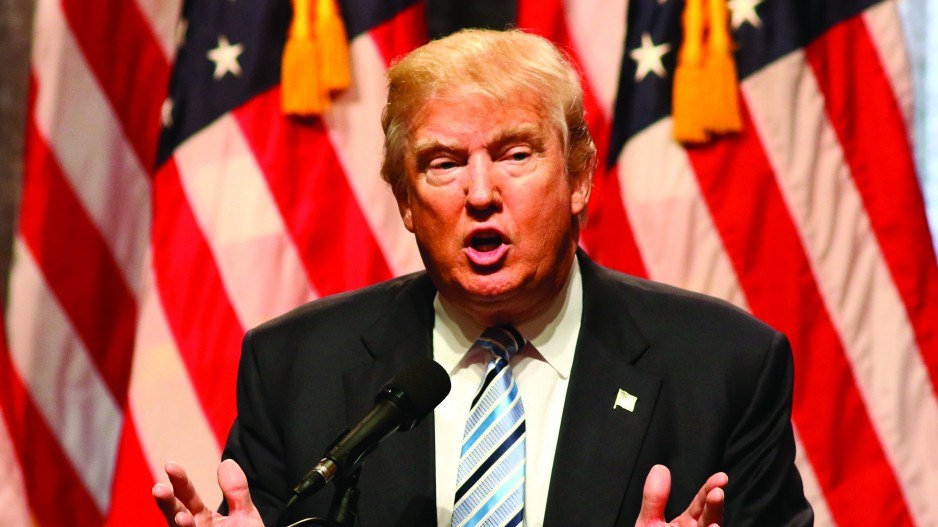If recent history tells us anything about trade wars, U.S. President Donald Trump’s proposed tariffs on aluminum and steel imports are aimed at China – but the move will likely hurt allies like Canada and possibly cause a self-inflicted wound to American industry.
Trump last week signed into law new tariffs of 25% on steel imports and 10% on aluminum.
The fear is that a tentative exemption for Canada could be removed, if NAFTA talks fail.
There are also fears that the U.S. could implement quotas. One recommendation that was floated is restricting imports of steel and aluminum to 63% of 2017 levels.
Even with exemptions for Canada and Mexico, a trade war appears likely, with other countries responding with their own tariffs.
The trade in steel between Canada and the U.S. is pretty much balanced, so Canada could respond with its own tariffs on American steel and aluminum. But that would only hurt Canadian manufacturers.
A more likely scenario is that other countries could respond with strategic tariffs and duties on other U.S. products, according to Chad Bown, a senior fellow at the Peterson Institute for International Economics.
In a recent analysis, Bown notes that the World Trade Organization (WTO) allows for retaliatory tariffs that are equal in value, if the tariffs imposed by the country that started the trade war are found to be unjustified.
Since the tariffs, if the U.S. pulls the exemptions for its NAFTA partners, are expected to cost Canada US$3.2 billion, he estimates Canada would be justified in levying tariffs on a variety of U.S. goods of equal value.
“If the sources of all U.S. steel and aluminum imports were part of this dispute, trading partners would be permitted to retaliate by a collective amount of $14.2 billion per year,” he writes.
Typically, it takes years for the WTO to rule on whether the retaliatory measures are justified, so it is possible that Canada, the EU and other jurisdictions that feel unjustly injured could simply enact the tariffs and duties now and take their chances that the U.S. drops its tariffs before it ever gets to the WTO for a ruling.
Bown also points out that, although China is the main target of Trump’s tariffs, the amount of steel and aluminum it exports to the U.S. is small, compared with Canada, South Korea, the EU, Mexico and others.
That’s because previous tariffs on Chinese steel have already reduced the volume of imports from China.
“Notably, China exported only $976 million of steel and $1.8 billion of aluminum products to the United States, or just 6% of the $46 billion of U.S. steel and aluminum imports over which Trump is imposing tariffs,” Bown writes.
Should Trump’s tariffs stay in place for the long term, it is expected that the U.S. steel and aluminum industry will benefit, with under-capacity mills increasing output and idled plants restarting.
But every sector of the U.S. economy that uses steel or aluminum would suffer from higher prices.
In 2002, when the U.S. implemented steel tariffs, the result was a loss of 200,000 jobs, according to a 2003 report by Trade Partnership Worldwide.
“More American workers lost their jobs in 2002 to higher steel prices than the total number employed by the U.S. steel industry itself (187,500 Americans were employed by U.S. steel producers in December 2002),” the report concluded.




